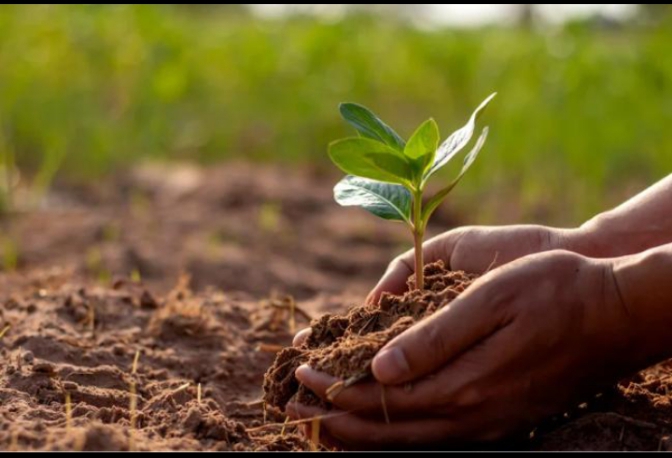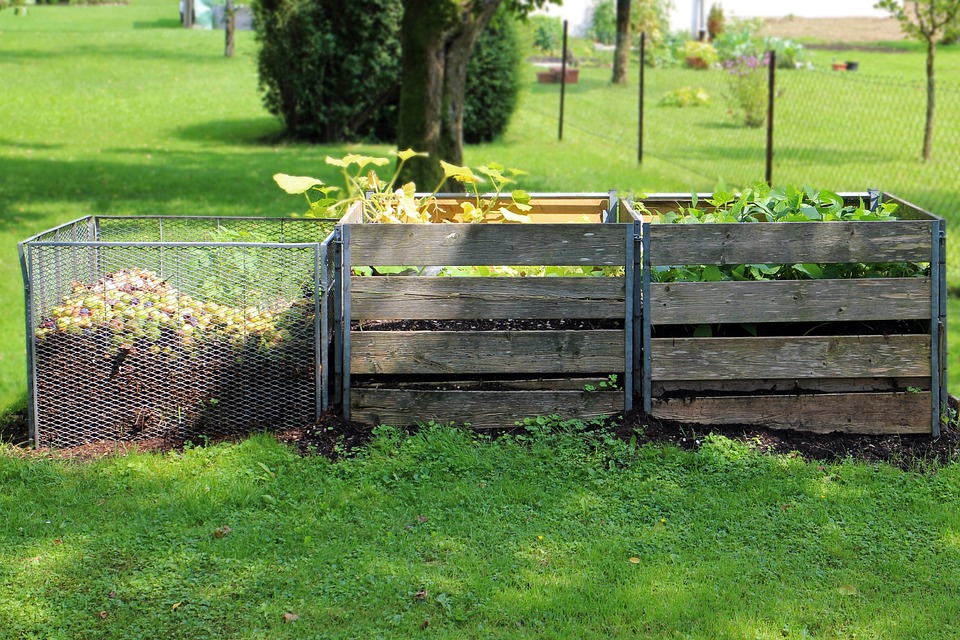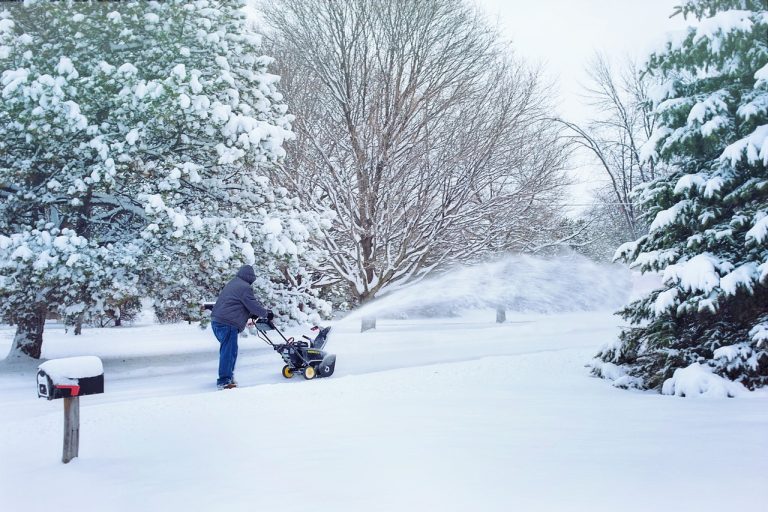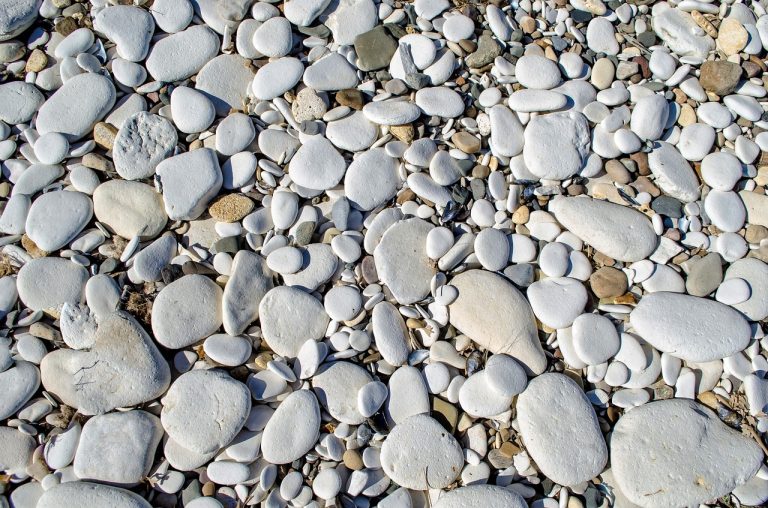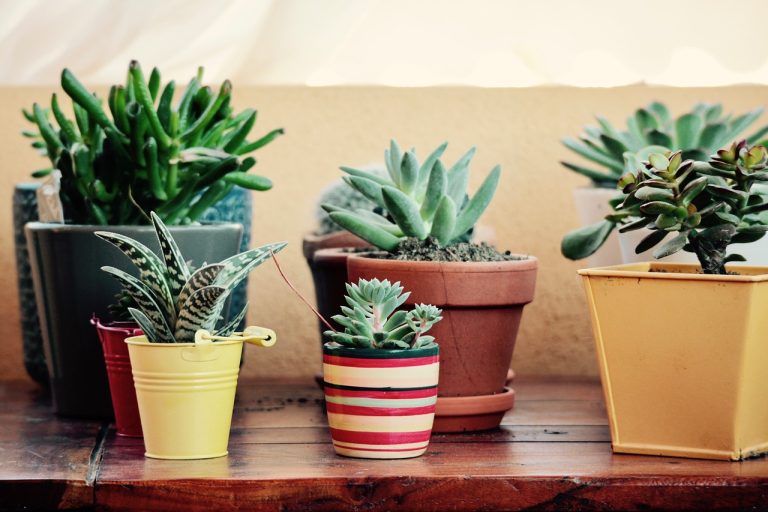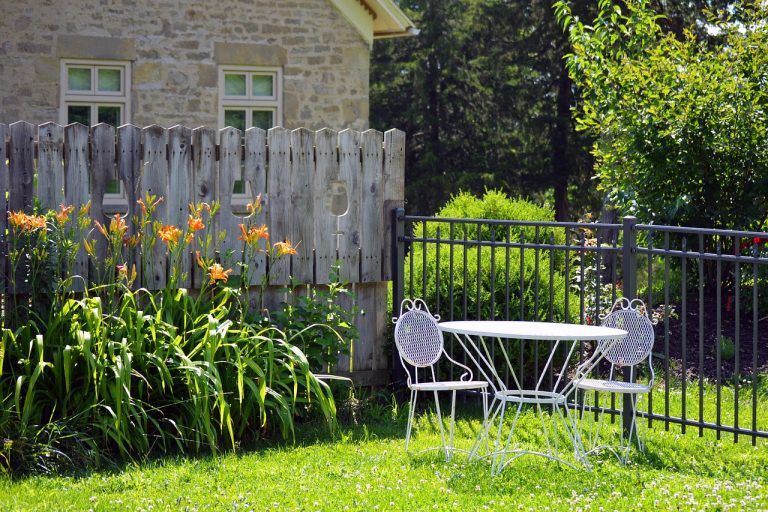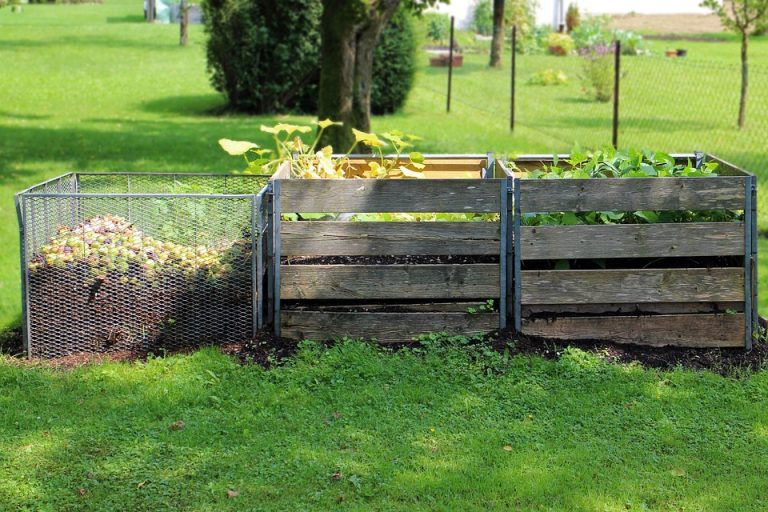THE COMPOST BIN FOR YOUR GARDEN
THE COMPOST BIN FOR YOUR GARDEN : In the realm of gardening, few things are as essential and rewarding as composting. Not only does it enrich the soil, but it also reduces waste and fosters sustainability. Central to this process is the compost bin, a vessel where organic materials decompose to create nutrient-rich soil amendments.
But with a myriad of options available, selecting the best compost bin for your garden can be a daunting task. This guide aims to simplify the decision-making process by exploring various types of compost bins and their features, ensuring that you find the perfect fit for your gardening needs.
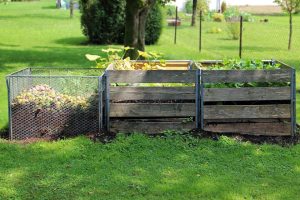
THE BEST COMPOST BIN FOR YOUR GARDEN?
Discover the ultimate solution for the best compost bin for your garden. Enhance your gardening experience with a top-rated compost bin tailored to your needs. Explore eco-friendly options to enrich your soil naturally.
Find the perfect compost bin to boost plant growth and sustainability. Dive into our comprehensive guide to select the ideal compost bin for your garden. Unlock the secrets to effective composting with our expert recommendations. Elevate your gardening game with the best compost bin suited for your space and lifestyle.
TYPES OF COMPOST BINS
TRADITIONAL COMPOST BINS
Traditional compost bins, often made of wood or plastic, are the quintessential choice for many gardeners. Their simplicity and effectiveness lie in their ability to contain organic matter while allowing for proper aeration and decomposition. These bins come in various sizes and designs, from simple square containers to more elaborate structures with multiple compartments for different stages of decomposition. Traditional compost bins offer versatility and ease of use, making them suitable for both novice and experienced gardeners alike.
TUMBLING COMPOSTERS
For those seeking convenience and efficiency, tumbling composters are an excellent option. These bins feature a rotating mechanism that facilitates the mixing of compost materials, expediting the decomposition process. With minimal effort, gardeners can aerate their compost and achieve faster results compared to traditional bins. Tumbling composters are particularly ideal for smaller spaces or urban environments where odor control and aesthetics are important considerations.
VERMICOMPOSTING BINS
Vermicomposting bins, also known as worm bins, harness the power of worms to break down organic waste into nutrient-rich castings. These bins typically consist of stacked trays filled with bedding material and red worms, creating an ideal environment for composting. Vermicomposting offers several advantages, including faster decomposition, odor reduction, and the production of high-quality compost. Additionally, worm bins are well-suited for indoor composting, making them a convenient option for apartment dwellers or those without outdoor space.
FACTORS TO CONSIDER WHEN CHOOSING A COMPOST BIN
SIZE AND CAPACITY
When selecting a compost bin, it’s crucial to consider the size and capacity based on your gardening needs and available space. Larger bins can accommodate more organic waste and produce a higher volume of compost, making them suitable for larger gardens or households. Conversely, smaller bins are ideal for compact spaces or individuals with limited composting needs. Assessing your requirements will help determine the appropriate size and capacity for your compost bin.
MATERIAL AND DURABILITY
Compost bins are available in a variety of materials, including wood, plastic, and metal. Each material offers distinct advantages in terms of durability, insulation, and aesthetics. Wood bins blend seamlessly into garden environments and provide excellent insulation for composting during colder months. Plastic bins, on the other hand, are lightweight, affordable, and resistant to moisture and pests. Metal bins offer durability and longevity but may be prone to rust over time. Consider the climate, aesthetics, and longevity factors when choosing the material for your compost bin.
AERATION AND VENTILATION
Proper aeration and ventilation are essential for successful composting, as they facilitate the breakdown of organic matter by aerobic microorganisms. When selecting a compost bin, look for features that promote airflow, such as vents, mesh screens, or perforated sides. Tumbling composters excel in this regard, as their rotating design ensures consistent aeration throughout the composting process. Traditional bins may require manual turning or the addition of aeration accessories to maintain airflow. Choose a compost bin with adequate ventilation to promote efficient decomposition and minimize odor.
Frequently Asked Questions (FAQ) about “The Best Compost Bin for Your Garden”
What size compost bin is best for my garden?
The ideal size depends on your garden’s space and composting needs. Consider factors like available space, amount of organic waste generated, and desired compost output.
How do I choose between different types of compost bins?
Assess your preferences and gardening style. Options range from traditional stationary bins to tumblers and vermiculture systems. Each has unique features impacting ease of use, compost quality, and speed of decomposition.
Can I use a compost bin in a small backyard or balcony garden?
Absolutely! Many compact compost bins are designed specifically for small spaces. Look for options like stackable bins or indoor composters tailored to urban gardening.
What materials can I compost in the bin?
Most organic kitchen and garden waste can be composted, including fruit and vegetable scraps, coffee grounds, eggshells, yard trimmings, and shredded paper. Avoid composting meat, dairy, and oily foods to prevent pests and odors.
How do I maintain and troubleshoot my compost bin?
Regularly turning and aerating the compost helps accelerate decomposition and prevent odors. If you encounter issues like foul smells or slow decomposition, adjustments such as balancing green and brown materials or adjusting moisture levels may be necessary.
How long does it take to produce usable compost?
The composting process typically takes several months to a year, depending on factors like bin type, materials used, and environmental conditions. With proper maintenance and optimal conditions, you can expect usable compost within six months to a year.
CONCLUSION
Finding the best compost bin for your garden involves considering various factors such as bin type, size, material, and features. Whether you opt for a traditional bin, a tumbling composter, or a vermicomposting system, each option offers unique advantages and considerations. By assessing your gardening needs, available space, and personal preferences, you can select a compost bin that aligns with your goals for sustainability and soil health. With the right composting setup in place, you’ll be well on your way to cultivating thriving gardens and reducing waste in an environmentally friendly manner.
